A SLAP tear is an injury to the top of the labrum of the shoulder, which is the ring of cartilage that surrounds the socket of the shoulder joint. SLAP tear stands for superior labrum anterior-posterior tear.
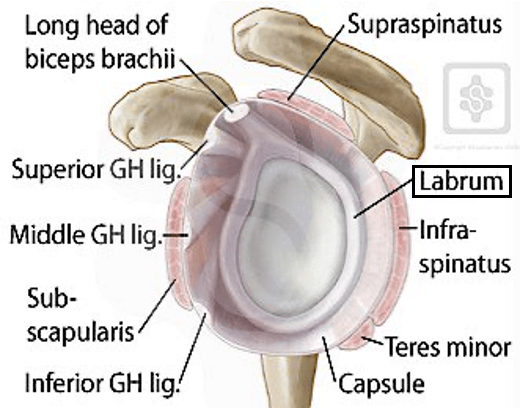

The head of your upper arm bone (humerus) fits into a rounded socket (glenoid) in your shoulder blade (scapula). Surrounding the outside edge of the glenoid is a rim of strong, fibrous tissue called the labrum. The labrum helps to deepen the socket and stabilize the shoulder joint. It also serves as an attachment point for many of the ligaments of the shoulder, as well as one of the tendons from the biceps muscle in the arm.
The term SLAP stands for Superior Labrum Anterior-Posterior. In a SLAP injury, the top (superior) part of the labrum is injured. This top area is also where the biceps tendon attaches to the labrum. A SLAP tear occurs both in front (anterior) and back (posterior) of this attachment point. The biceps tendon can be involved in the injury, as well.
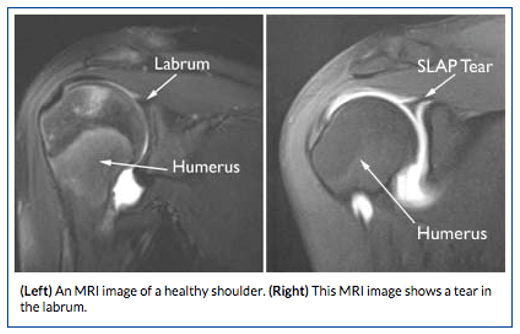
Injuries to the superior labrum can be caused by acute trauma or by repetitive shoulder motion. An acute SLAP injury may result from:
People who participate in repetitive overhead sports, such as throwing athletes or weightlifters, can experience labrum tears as a result of repeated shoulder motion.
Many SLAP tears, however, are the result of a wearing down of the labrum that occurs slowly over time. In patients over 30 years of age, tearing or fraying of the superior labrum can be seen as a normal process of aging. This differs from an acute injury in a person under the age of 30.
X-rays will be taken at your office visit to ensure there are no bony abnormalities, arthritis, or fractures. The labrum of the shoulder is made of soft tissue, so it will not show up on an x-ray. To have a clearer picture of the labrum, an MRI can better show soft tissues. To make a tear in the labrum show up more clearly on the MRI, a dye may be injected into your shoulder before the scan is taken, called an “MRI arthrogram.”
Nonsurgical Treatment
The initial treatment for a SLAP injury is usually nonsurgical. Treatment options may include:
Surgical Treatment
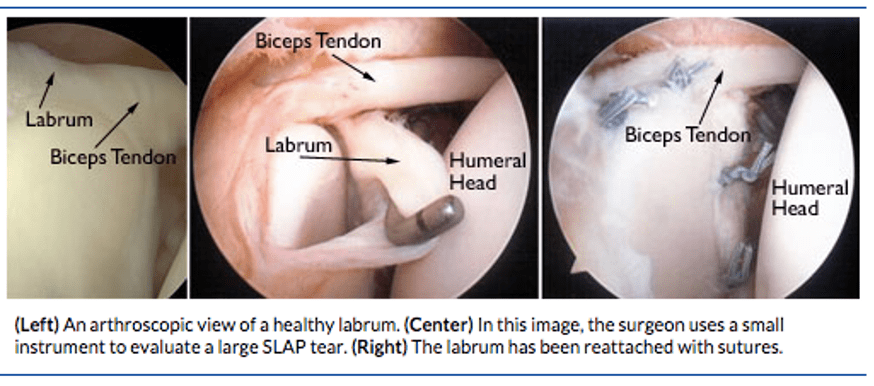
Your doctor may recommend surgery if your pain does not improve with nonsurgical treatment. This is usually performed arthroscopically. During the arthroscopy, your surgeon inserts a small camera, called an arthroscope, into your shoulder joint. This is a minimally invasive procedure using very small incisions (cuts), rather than the larger incision needed for standard, open surgery.
See why our patients love our physicians, quality of care, and amazing results.
*Based on Independent Market Research
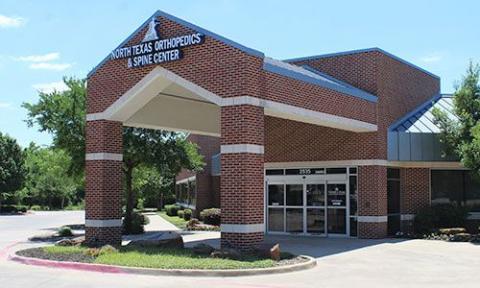
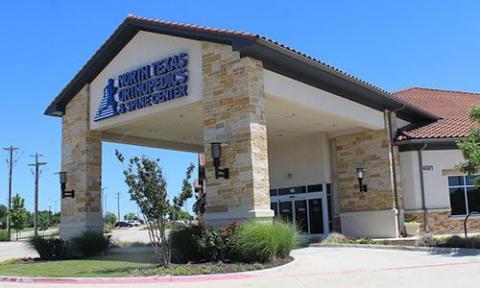
© 2024, North Texas Orthopedics & Spine CENTER. All rights reserved.